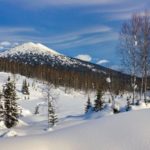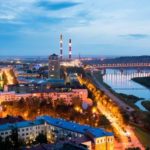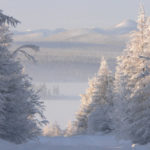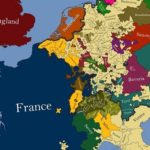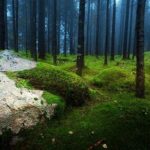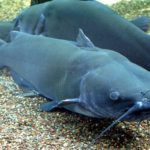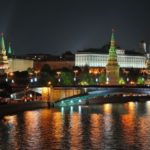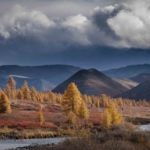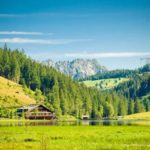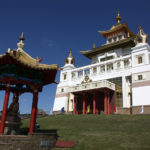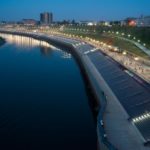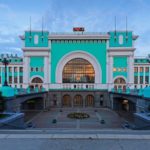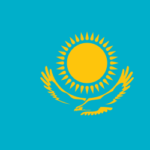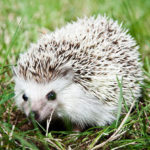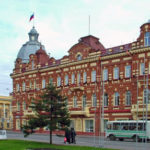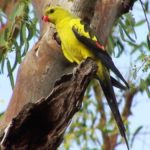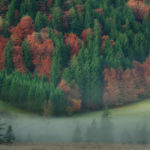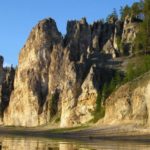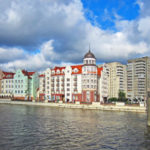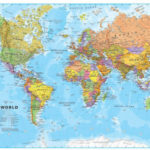Interesting facts about Western Siberia
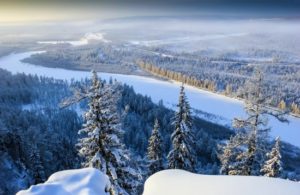 Siberia is so vast that it divides into several separate regions both geographically and ethnographically. This is the homeland of harsh, hardy people, and it is here that a fairly large proportion of forests have been preserved in the untouched form – it’s not for nothing that the Siberian taiga is called the “green lungs of the planet”. Well, as for the diversity, then nothing surprising in this – after all, only Western Siberia in terms of area exceeds most European countries.
Siberia is so vast that it divides into several separate regions both geographically and ethnographically. This is the homeland of harsh, hardy people, and it is here that a fairly large proportion of forests have been preserved in the untouched form – it’s not for nothing that the Siberian taiga is called the “green lungs of the planet”. Well, as for the diversity, then nothing surprising in this – after all, only Western Siberia in terms of area exceeds most European countries.
In Western Siberia, about 10% of the Russian population live. For every square kilometer there are only about 6 people.
In Western Siberia, one of the most extensive swamps on the planet is located – the Vasyugan marshes. They occupy an area of 53 square kilometers, which exceeds the territory of Switzerland. Marshes originated about 10 thousand years ago and since then have been constantly increasing, absorbing the surrounding plain.
On the territory of Western Siberia there are 4 large reserves with unique flora and fauna.
On the fields of Western Siberia, about 70% of Russian gas and oil are produced – the area of land with hydrocarbon deposits exceeds 2 million square kilometers. Impressive, is not it?
The largest West Siberian city is Novosibirsk, it has about 1.6 million people.
Western Siberia includes not only Russian, but also Kazakhstani territories.
In the Tyumen region is the Tobolsk Kremlin, which is the only similar structure of stone in the territory of Siberia.
Reader’s ticket to the Tyumen Regional Scientific Library is from President Vladimir Putin.
In the center of Tyumen there is a monument marking the place where oil producers drilled the first well in Siberia. This attempt, which was undertaken in 1948, was unsuccessful – the oil industry found not a “black gold”, but a mineral spring.
In the Tomsk region is located the largest on the planet deposit of iron ore – Bakcharskoye. It was accidentally discovered by oilmen who drilled trial wells in the 1960s.
In Tomsk there is a ruble monument carved from wood.
The street of Leo Tolstoy in Tomsk passes exactly along the 85th meridian of eastern longitude.
Omsk Refinery is the largest oil refining complex in Russia, capable of processing over 21 million tons of oil per day.
During the Civil War, the “whites” made Omsk the capital of Russia.
Omsk is the only city in Asia and Siberia that was allowed to raise the flag of the Russian Empire.
In Novosibirsk, the longest on the planet street without bends and turns is the Red Avenue, which is about 7 kilometers long. This street was designed in the late XIX century.
In Novosibirsk there is a unique museum of the Sun, in which copies of all solar deities of the world are made, made of wood.
The Novosibirsk Zoo is the largest of those located on the Russian territory beyond the Urals.
In 1984, nuclear tests were conducted on the territory of the Kemerovo region – the military detonated a bomb with a capacity of 10 kilotons in TNT.
In 1999, Kemerovo opened the only “Museum of Coal” in Russia. The Academy of Sciences decided to place the exposition here, as Kuzbass has one of the richest coal reserves on the planet.
The Boulevard of Builders in Kemerovo is the widest street in all of Siberia. In the local park is also located the largest Siberian Ferris wheel.
Many consider the Altai Territory and the Altai Republic to be synonymous, although in reality they are two different Russian regions located in Western Siberia.
In the Altai Territory there is the source of the Ob River – the longest river in Russia.
In 2008, the remains of the ancient ancestor of a man previously unknown to science were found in the Denisova Cave on the territory of the Altai Territory.
In the Altai Territory, the largest cheese head in the history of the Russian Federation, weighing 721 kilograms, was made.
Belukha Mountain in the Altai Republic is the highest point in Siberia.
